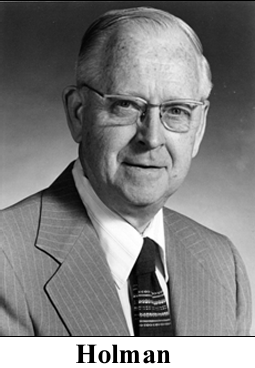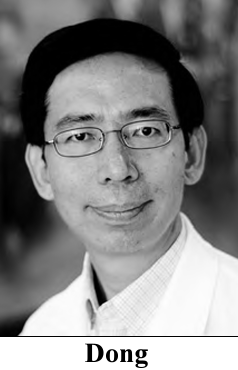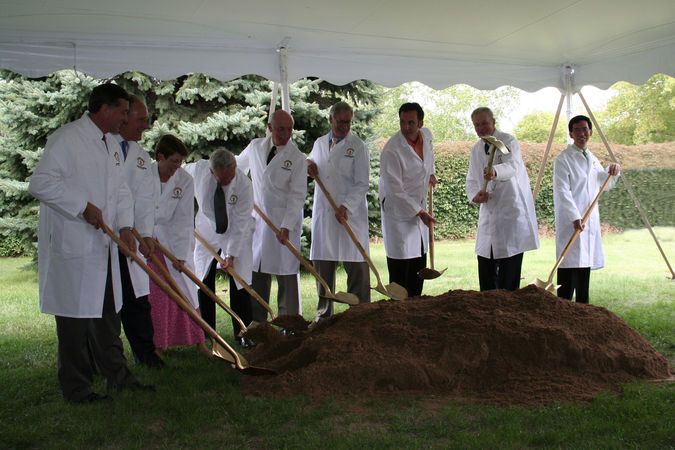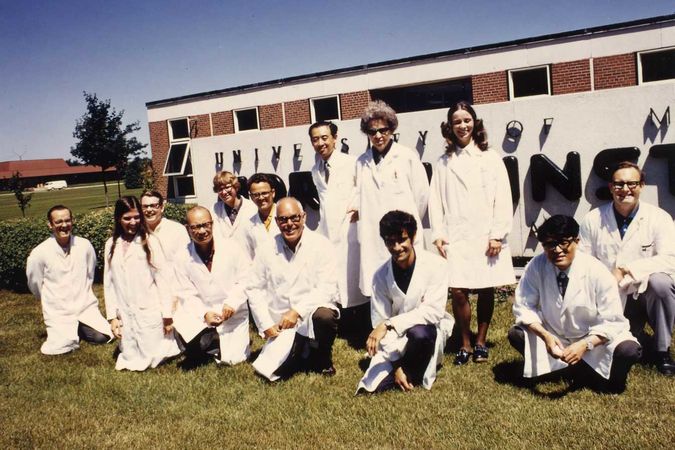Throughout the 1960s and early 1970s, the original Institute buildings on the Hormel estate were used primarily for the Lipids Preparation Project, under the direction of O. S. Privett, and for the miniature pig breeding project.
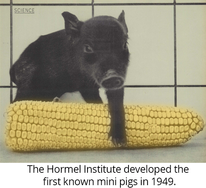
As the Hormel Institute had grown and developed largely by the initiative and ingenuity of its faculty, organizational weaknesses began to appear, which led to a series of financial problems, beginning around 1970.
After conducting a worldwide search the Board appointed Ralph Holman in 1975 as the new Executive Director for an initial 5-year period. Also, the Board asked Hermann Schlenk to chair an Institute committee charged with the writing of a Hormel Institute Constitution. The search for a new Director had highlighted the fact that Institute faculty had no job security beyond the one year, renewable, appointments given by the University to temporary academic employees.
The new Constitution tried to address this problem by creating “Hormel Institute tenure” for all faculty in the rank of Associate Professor and Professor, based on the assumption that income from both The Hormel Foundation and the NIH Program Project Grant would continue to be available in increasing amounts indefinitely.
By the late 1970s, the Institute was comprised of nine independent Sections, headed by regular faculty: Agricultural and Food Chemistry (J. R. Chipault), Analytical Biochemistry (O. S. Privett), Bioenergetics (D. R. Pfeiffer), Biophysics (H. L. Brockman), Microbiology (H. M. Jenkin), Natural Products Chemistry (H. Schlenk), Nutritional Biochemistry (R. T. Holman), Organic Chemistry (W. J. Baumann) and Physiological Chemistry (H. H. O. Schmid).
As the Hormel Institute celebrated its 40th birthday in 1982, it had expanded and consolidated its research programs to address the role of complex lipids in membranes and their alterations in disease. It had employed a total of 164 postdoctoral fellows and well over 200 high school and undergraduate college students.
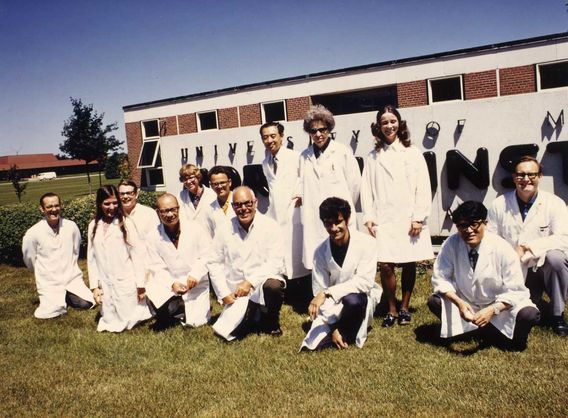
Life changed dramatically for everyone at the Institute in December of 1991, due to an unprecedented action by the Director of the National Heart Lung and Blood Institute (NHLBI). Rather than to initiate funding as expected on January 1, 1992, the PPG was administratively “disaggregated” and only 3 projects (2 for Pfeiffer, 1 for Brockman) were funded as individual (RO-1) grants; funds for Core facilities were added to these grants proportionally. Appeals to the NIH Director directly or through political representatives were unsuccessful. It was learned that opinions of scientific review panels were only advisory and administrative decisions by the NHLBI Director were final. Because no early information had been given, the Institute was still operating with full staff at a deficit exceeding $ 3,000 per day, and a large portion of the reserve funds had been used up. Fortunately, both The Hormel Foundation, under its chairman I.J. Holton, and the University, under the newly appointed Vice President for Research, Anne Petersen, pledged moral and financial support.
The most important long-range goal of this plan was a change in direction from lipid research, related to heart disease, to cell signaling in carcinogenesis. Because a realistic transition to cancer research required a major shift from biochemistry/biophysics to molecular biology, a search for a new faculty member was essential. Although there was concern about entering the very competitive field of cancer research, the potential scientific and financial payoffs were irresistible. Clearly, the cellular signaling systems involved in the transformation of normal cells to cancer cells were ideally suited for the kinds of laboratory research that existed or could develop at the Hormel Institute. Hence, with extra financial support from The Hormel Foundation, a search for an outstanding molecular biologist was initiated and Zigang Dong was recruited from the National Cancer Institute in 1995 to set up a Section of Cellular and Molecular Biology.
There was also no longer any doubt that the Institute’s new research theme would be able to succeed very well in the competition for federal funds.

